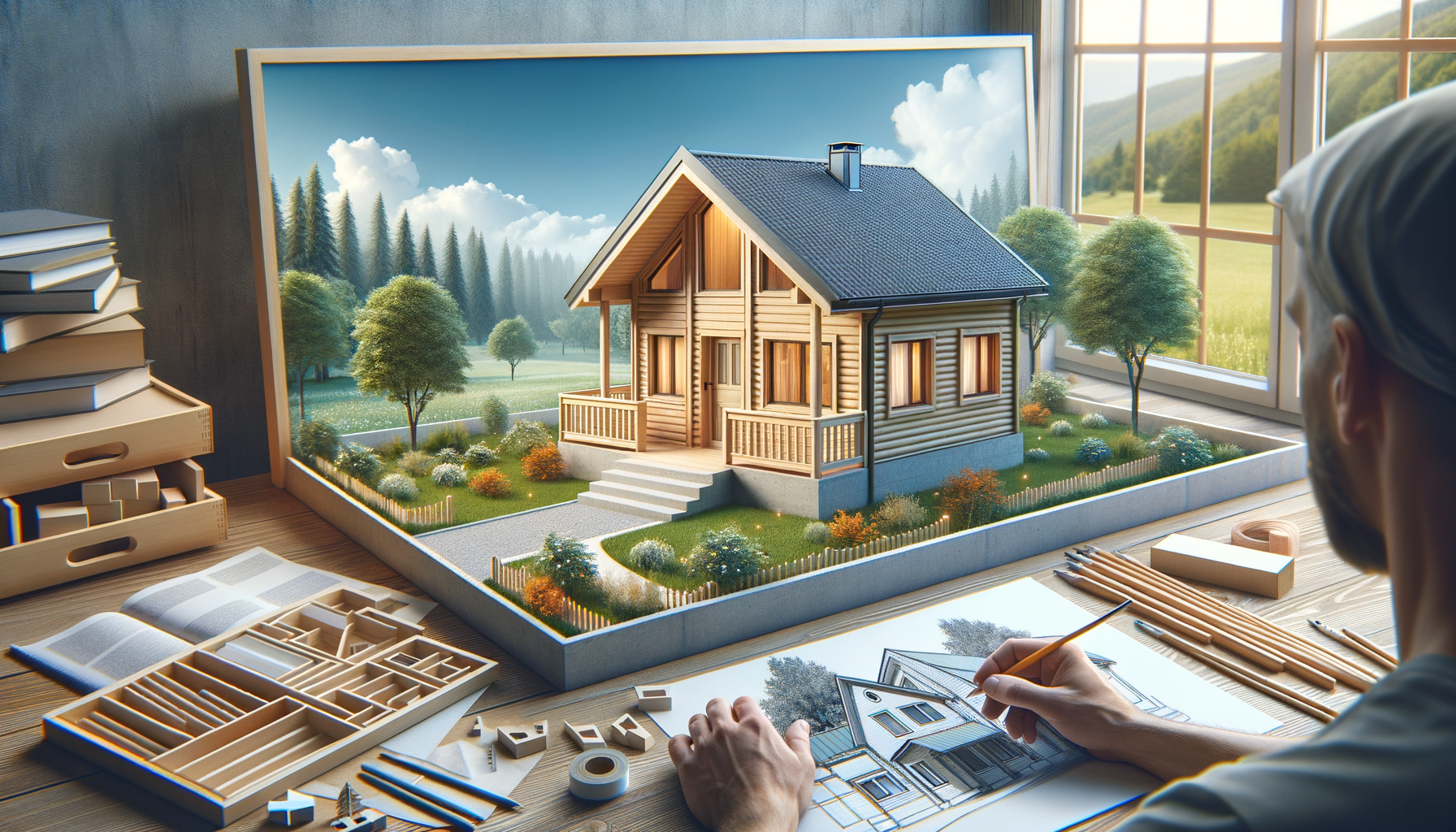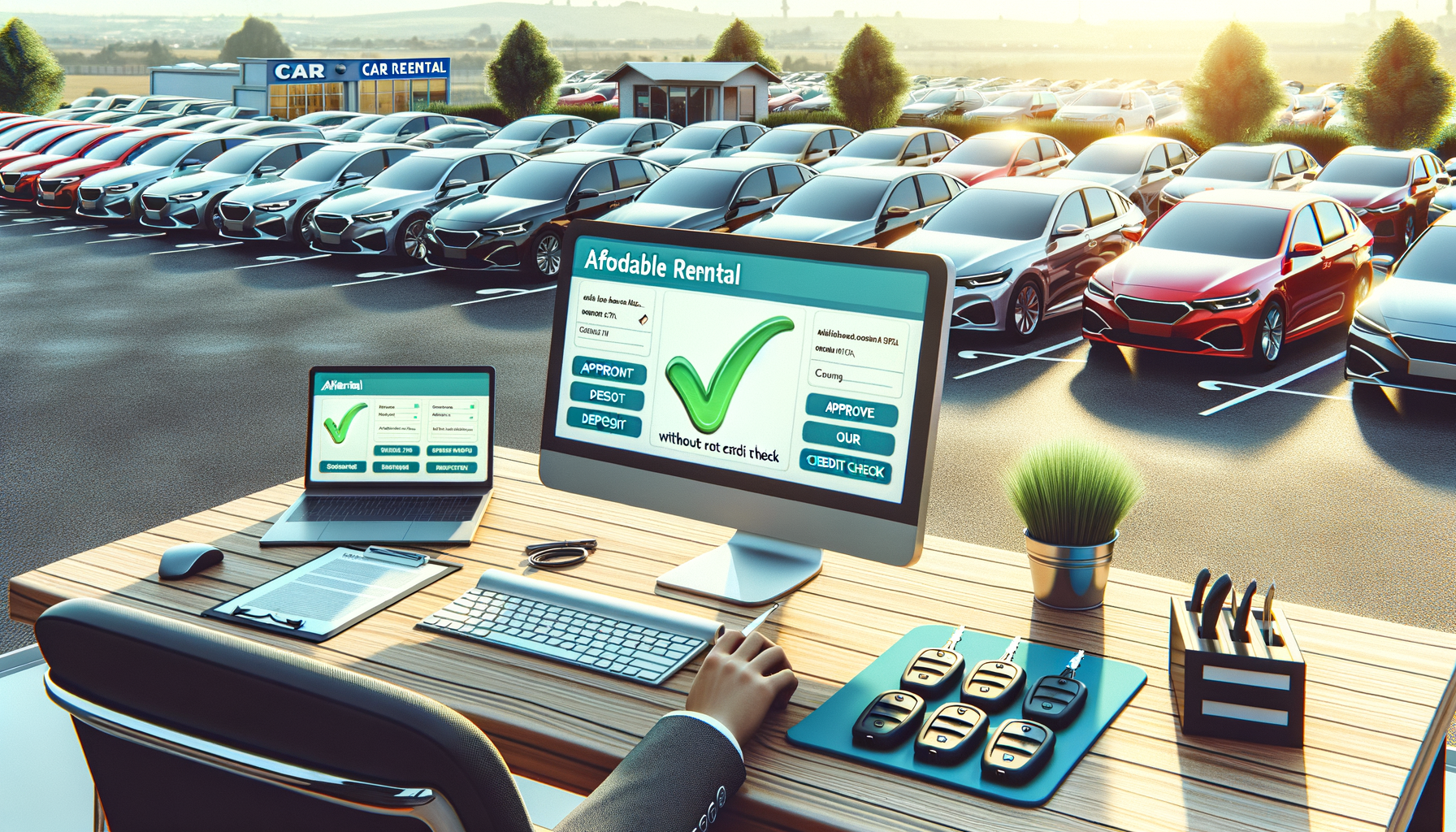Understanding Prefabricated Homes
Prefabricated homes, often referred to as prefab homes, are residential buildings constructed using sections manufactured in a factory setting. These sections, known as modules or panels, are then transported to the building site and assembled. Prefab homes have gained popularity due to their efficiency, cost-effectiveness, and environmental benefits. Unlike traditional homes built entirely on-site, prefab homes are partially constructed in controlled environments, which reduces waste and speeds up the building process. Seniors looking to downsize might find prefab homes appealing due to their affordability and customizable designs.
Prefab homes come in various forms, including modular homes, panelized homes, and pre-cut homes. Modular homes are fully constructed in sections and then assembled on-site, while panelized homes involve the construction of panels that are later assembled at the site. Pre-cut homes, also known as kit homes, come with pre-measured and cut materials that are assembled on-site. Each type offers distinct advantages, making them suitable for different needs and preferences. Seniors considering prefab homes can benefit from understanding these options to choose the one that best fits their lifestyle and budget.
Exploring Prefabricated Homes Near You
For seniors interested in exploring prefabricated homes, finding options nearby can be a practical first step. Local prefab home manufacturers and builders often offer tours of model homes, allowing potential buyers to experience the layout and quality firsthand. Visiting these sites can provide valuable insights into the design options and customization possibilities available. Additionally, engaging with local builders can help seniors understand the logistics of transporting and assembling the home, as well as any local regulations or zoning laws that may apply.
One of the advantages of exploring prefab homes locally is the opportunity to support local businesses and economies. Local builders are likely to have a better understanding of the regional climate, building codes, and community preferences, ensuring that the home is well-suited to the area. Furthermore, working with nearby companies can streamline the communication process, making it easier to address any concerns or modifications throughout the building process. For seniors, this personalized approach can enhance the overall experience and satisfaction with their new home.
What Influences the Price of Prefabricated Buildings?
The price of prefabricated buildings can vary significantly based on several factors. Understanding these factors can help seniors make informed decisions when budgeting for a prefab home. One of the primary influences on price is the size and complexity of the design. Larger homes with intricate designs or custom features will naturally cost more than smaller, simpler models. Additionally, the choice of materials can impact the overall cost. High-quality materials, while more expensive, can offer greater durability and energy efficiency, potentially reducing long-term maintenance and utility costs.
Another factor to consider is the location of the building site. Transportation costs can add to the overall price, especially if the site is remote or difficult to access. Seniors should also account for the costs associated with site preparation, such as foundation work, utility connections, and landscaping. These additional expenses can vary depending on the specific requirements of the site. By considering these factors, seniors can better estimate the total cost of their prefab home and plan accordingly.
Benefits of Prefabricated Homes for Seniors
Prefabricated homes offer numerous benefits that make them an attractive option for seniors. One of the most significant advantages is the affordability of prefab homes compared to traditional housing. The streamlined construction process reduces labor costs and material waste, resulting in lower overall expenses. This affordability allows seniors to invest in a home that meets their needs without compromising on quality or comfort.
In addition to cost savings, prefab homes are known for their energy efficiency. Many manufacturers incorporate sustainable materials and energy-efficient technologies into their designs, helping seniors reduce their carbon footprint and lower utility bills. The controlled factory environment also ensures high-quality construction, minimizing the risk of structural issues or defects. For seniors, these benefits translate into a comfortable, low-maintenance living environment that supports their lifestyle and financial goals.
Conclusion: Making an Informed Decision
For seniors considering the transition to a prefabricated home, understanding the various factors that influence pricing and design is crucial. By exploring local options, evaluating different types of prefab homes, and considering the benefits they offer, seniors can make informed decisions that align with their needs and budget. Prefabricated homes provide a practical solution for those looking to downsize without sacrificing quality or comfort. As the demand for these homes continues to grow, seniors can take advantage of the diverse options available to find a home that truly feels like their own.



Leave a Reply